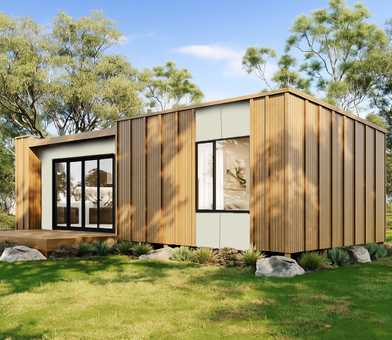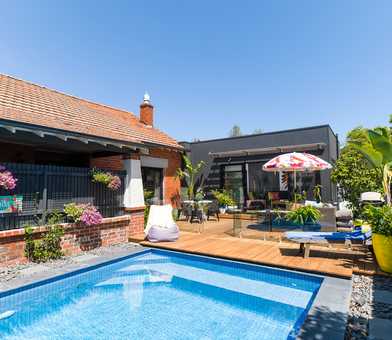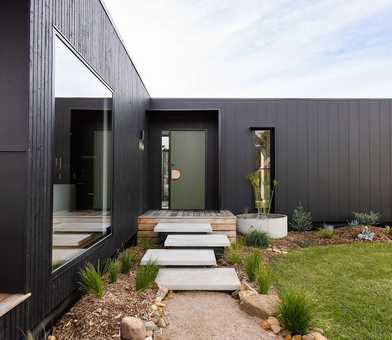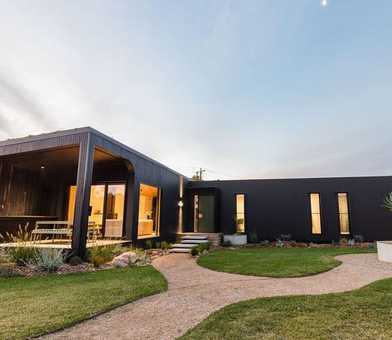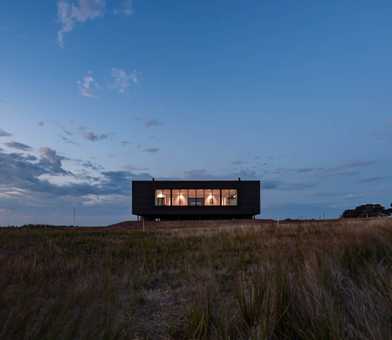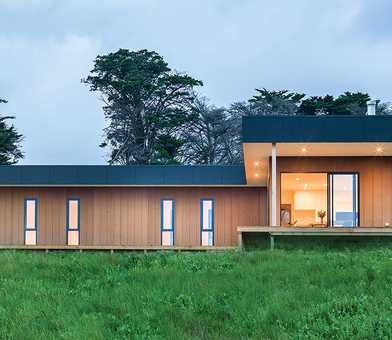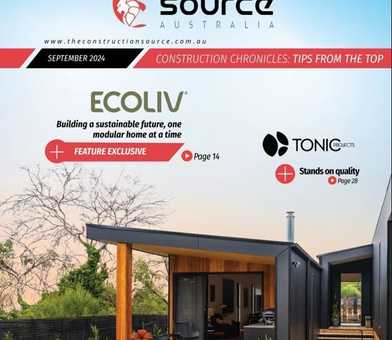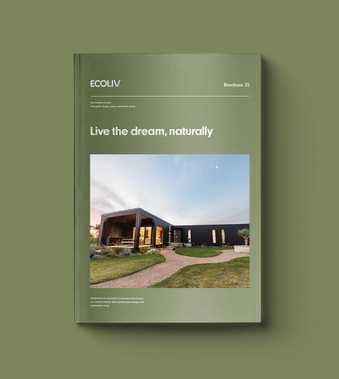The Australian real estate market is undergoing a significant transformation as energy-efficient (Energy Efficient) homes become more popular. Buyers are increasingly aware of sustainability and its long-term cost benefits, leading to a higher demand for sustainable features in properties. Here’s a detailed look at Domain’s Sustainability in Property Report 2024 and current trends and insights into the market for energy-efficient homes in Australia.
Energy Efficient houses in Sydney, Melbourne, and Adelaide attract significantly higher buyer interest and price premiums. Buyers in these cities are more willing to invest in Energy Efficient features, driven by environmental consciousness and the potential for long-term cost savings.
Multifaceted value of Energy-Efficient upgrades
Residential property contributes to 10% of Australia’s carbon emissions, making the investment in sustainable features crucial for reducing the environmental impact. These upgrades improve the base-level quality of our homes and enhance their livability and comfort alongside reducing running costs.
An Energy Efficient home can save both energy and money, thereby being cost-effective and climate-friendly. This broad term encompasses various techniques that households employ to reduce their energy bills and carbon footprint, such as:
- A south-facing home requires triple the energy for heating and cooling than a north-facing one.
- Roof and ceiling insulation can save up to 45% on heating and cooling.
- Wall insulation can save around 15% on heating and cooling.
- Sealing gaps around windows and doors can save 5-15% on heating and cooling.
- Thermal shell upgrades and full appliance electrification equate to an average saving of 43-51% on domestic energy bills.
- A 7-Star energy rating will save on average $450 per year more on heating and cooling compared to a 6-Star energy rating.
- Every new home built to a 7-Star instead of a 6-Star rating is the equivalent of taking one car off the road for a year.
Performance and demand for Energy Efficiency features
Energy Efficient homes generally receive more listing views, indicating higher buyer interest. However, the days on market for Energy Efficient houses are not consistently lower than non-Energy Efficient houses, suggesting that while interest is high, final purchase decisions are influenced by price sensitivity and other factors.
In Darwin, Energy Efficient homes perform poorly in both price premium and listing views, possibly due to local economic and real estate market conditions.
Proportion of Energy Efficiency homes
The proportion of homes listed with Energy Efficient keywords has increased from 40.9% in 2019 to 48% in 2024. Houses have Energy Efficiency a greater increase compared to units, likely due to the easier integration of Energy Efficient features in standalone homes versus strata-managed units.
Canberra leads in the proportion of Energy Efficiency houses (67.2%) and units (64.3%), likely due to mandatory disclosure of energy-efficiency ratings, making Energy Efficient features more standard and expected by buyers.
Suburb-specific insights
In growth suburbs and areas with new developments or gentrification, like Melbourne’s Coburg, there is a higher supply of Energy Efficient houses but not always the highest price premiums. This suggests that new developments are more likely to incorporate Energy Efficient features due to modern building practices and codes.
Popular Energy Efficiency features
Solar installations remain highly popular, with 42.5% of houses sold in 2024 having solar panels, up from 29.4% a decade ago. Demand for solar panels is driven by potential utility savings, especially with rising electricity costs and the adoption of electric vehicles.
North-facing orientation and double-glazed windows are among the most valuable Energy Efficiency features, significantly increasing property prices. These features provide insulation from market downturns and enhance the overall living experience.
Sustainable homes are easier to sell
Across the country, Energy Efficient homes attract more attention from buyers and sell quicker than their non-Energy Efficient counterparts. However, this trend favours houses over units. The better performance is likely driven by two major factors:
1 More buyers are becoming environmentally conscious, thus boosting demand for sustainable Energy Efficiency homes.
2 A sustainable Energy Efficient home provides lifestyle benefits, such as cross-ventilation, north-facing orientation, heat recovery ventilation, and solar panels. Some of these lifestyle benefits also result in lower maintenance costs for the occupants (e.g., solar water heaters), making the Energy Efficiency property more attractive to buyers.
Australia’s sustainable home market trends
Australian home buyers are increasingly motivated to invest in sustainable homes, driven by rising awareness of sustainability and long-term cost savings. Sustainable homes are now more accessible across all socioeconomic demographics.
About half of all houses and over one-third of units in Australia feature sustainable attributes, with a notable increase over recent years. Canberra leads the nation with 67.2% of houses incorporating sustainable features.
Sustainable homes are in high demand, attracting 16.7% greater buyer interest and selling 4% quicker than non-sustainable homes. They also command a price premium, although this premium has fluctuated due to market conditions and affordability constraints.
Geographic influence on sustainable features
Regional Australia outperforms capital cities in terms of sustainable home price premiums. Energy Efficiency houses in regional areas fetch 20.9% more, and Energy Efficient units 30.8% more, compared to 14.5% and 11.7% in the combined capitals, respectively.
In warmer cities like Brisbane, Perth, and Darwin, solar installations are prevalent due to abundant sunlight. Conversely, colder cities like Canberra and Hobart show higher instances of double-glazed windows for better insulation.
Affordability and Accessibility: Middle-income suburbs show significant uptake of sustainable features, driven by climate consciousness and the appeal of lower energy bills. High-income households often prefer to install sustainable features post-purchase to tailor them to their Energy Efficiency.
Jindabyne project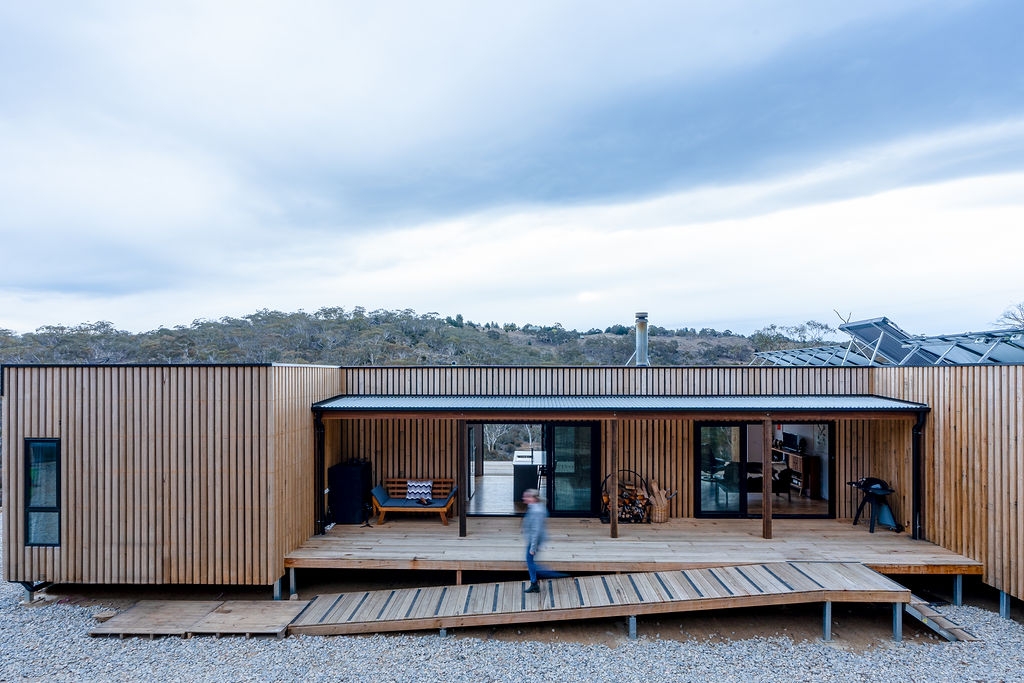
Market insights
Sustainable homes attract higher prices, with an average premium of $112,000 for houses and $70,000 for units. Melbourne leads with a 28.8% premium for Energy Efficient houses and 22% for Energy Efficiency units, while regional areas like Mosman in Sydney and Reservoir in Melbourne also show substantial premiums.
Energy Efficient homes sell faster and attract more views, especially houses. Units show less pronounced advantages due to their typical buyer demographics, who may prioritize affordability over sustainability.
Buyers increasingly search for properties with keywords like "solar," "eco," and "north-facing," reflecting a growing preference for energy-efficient homes.
Sustainability as a key factor in property decisions
Sustainability features are no longer a luxury but a necessity, driving buyer interest and commanding price premiums across various regions and demographics.
The trend towards sustainable homes is expected to continue, with public education on energy savings and environmental benefits fueling further demand. Making sustainable homes affordable and accessible will be crucial to broadening their adoption and reducing Australia’s residential carbon footprint.
Call the Ecoliv sales team today to learn more about our sustainable design and construction process.
03 5672 5196
Source: Domain Sustainability in Property Report 2024

